What’s the Buzz
The Bee Healthy Blog
What to Do For a Broken Rib: Treatment Options

A broken rib or rib fracture occurs when one of the bones in the rib cage breaks. Most rib fractures can heal at home with pain medication, icing, and breathing exercises. However, severe chest wall injuries can cause serious life-threatening damage to the internal organs or multiple rib fractures requiring surgical stabilization. Please continue reading to learn about the treatment options for a fractured rib.
What causes rib fractures?
The ribs are strong bones, and rib fractures without severe injury or major trauma are rare. However, approximately one-third of people who suffer trauma to the chest cavity experience at least one rib fracture.
Rib bone fractures can occur as a result of car accidents, contact sports, assault, and other injuries and trauma. Additionally, causes of rib fractures include falls and severe coughing. Medical conditions such as certain cancers and osteoporosis (weak bones) can also cause rib fractures.
Children are less likely than adults to suffer a rib fracture because their bones are more flexible. Rib fractures in young children with no history of injuries can raise a concern for child abuse.
What are the symptoms of a rib fracture?
A rib fracture can cause chest pain, swelling, tenderness, and bruising or discoloration of the skin. Rib fracture pain can be sharp in nature. A deep breath, twisting motions, and pressure on the area can make the pain worse.
How do doctors diagnose a rib fracture?
Doctors diagnose a rib fracture based on the history and physical exam as well as imaging tests such as X-ray, MRI, and CT scan.
What is the best treatment for broken ribs?
The best treatment for broken ribs depends on the severity of the injuries. Because rib fractures commonly occur as a result of major trauma, they are often accompanied by other injuries. The rib cage protects vital organs such as the heart and lungs, and these can suffer injuries requiring treatment in the hospital. Lower rib fractures can be associated with injuries to internal organs such as the liver, spleen, and kidneys. For example, the sharp end of a fractured rib can lacerate (cut) or puncture (poke a hole) in one of these organs. Injuries to blood vessels can lead to bleeding into the chest cavity.
In addition, displaced rib fractures (where the bone moves away from its original position, leaving a gap) are more likely to require surgical management than non-displaced rib fractures.
Respiratory complications can occur following fractures of one or more ribs. For example, there can be severe pain when you breathe deeply, causing you to take shallow breaths. This can increase your risk of a chest infection, such as pneumonia, which will require treatment.
Rib fractures can also lead to a pulmonary contusion (bruise on the lungs) and pneumothorax (collection of air in the chest cavity due to a collapsed lung). A flail chest can develop as a complication of multiple rib fractures after blunt trauma to the chest. These conditions require appropriate treatment to prevent significant problems with lung function and breathing.
How do you treat a rib injury at home?
If you do not have other injuries, you can recover from a rib fracture at home. The treatment includes pain management, rest, icing, and breathing exercises.
Over-the-counter pain relievers such as ibuprofen and naproxen can provide pain relief. However, if they are not effective in reducing pain and you continue to have ongoing pain, intense pain, or trouble breathing, you should see your healthcare provider. Your provider may give you prescription-strength medications or lidocaine patches for pain control.
Deep breathing exercises are important to lower your risk of developing pneumonia. If deep breaths are painful, holding a pillow against your chest may help to relieve pain.
Is there anything a doctor can do for a broken rib?
Surgical stabilization of rib fractures is rarely required, and nonoperative treatment is usually sufficient to heal rib fractures. If there are injuries to other internal organs or other fractures, trauma surgeons may perform surgical interventions in the emergency room to treat them.
Surgical management of rib fractures for serious injuries may consist of:
- Internal fixation using metal plates, screws, pins, and wires to hold the pieces of bone in place during the healing process.
- Bone grafting to add a piece of bone from your hip, some artificial bone, or donor bone to rejoin broken ribs together at the fracture site. This is typically needed for displaced rib fractures when the gap between the broken pieces is too big to heal without a graft.
How long does it take for a rib fracture to heal?
It takes about six weeks for a rib fracture to heal. If you continue to have severe pain after a few weeks, call your healthcare provider.
Complete recovery from a rib fracture takes a few weeks. If you don’t have other injuries, you should be able to return to work while you heal, depending on the nature of your work.
Your doctor will tell you which activities to avoid during recovery from a broken rib. These will likely include activities that require stretching, pushing, and pulling, such as pull-ups and crunches, activities that require twisting, such as golf, as well as high-impact activities like running or horseback riding.
What happens if you leave a broken rib untreated?
Rib fractures can lead to respiratory complications such as a pulmonary contusion, pneumothorax (collapsed lung), and flail chest (open chest wound). These complications can cause pain, severe breathing issues, respiratory failure, pneumonia, and rarely even death if left untreated. In the long term, untreated rib fractures may result in chest wall deformities, decreased lung function, and chronic pain.
How to prevent rib fractures?
Here are some tips to prevent rib fractures:
- Wear a seatbelt whenever you ride in a motor vehicle. Seat belts can greatly lower your risk of serious injuries during a car accident.
- Use the appropriate protective equipment while participating in sports and recreational activities such as ATV riding.
- Use proper tools, such as ladders, to reach for things. Do not use stools, tables, or chairs, as this can increase your risk of falls.
- Keep your home free of clutter to lower the risk of tripping and falling.
- Use a cane or walker if you are at an increased risk of falls.
- Eat a healthy diet and get regular exercise to maintain good bone health.
- Talk to your doctor about getting a bone density test to check for osteoporosis if you are over the age of 50 or have a family history of this condition.
References:

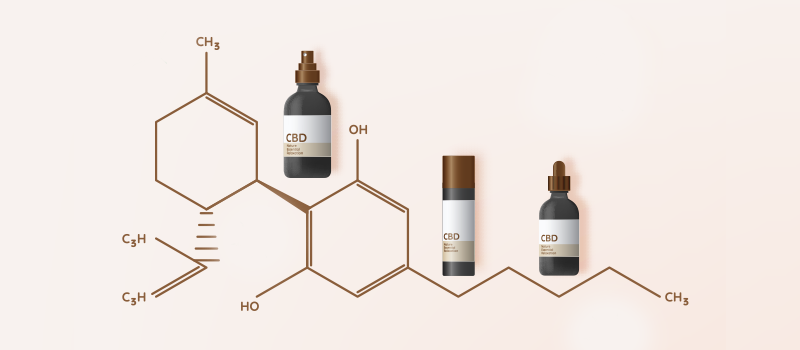

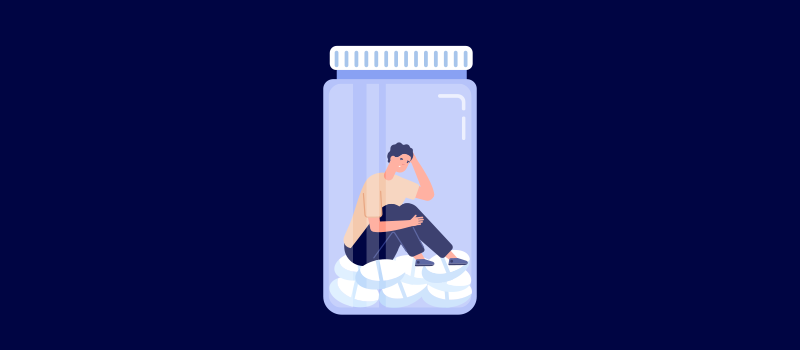
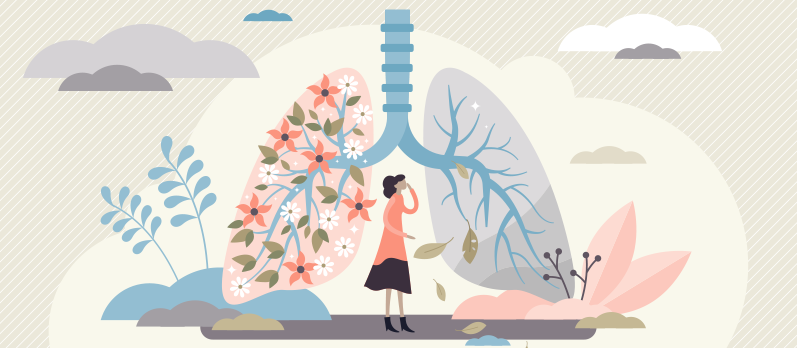
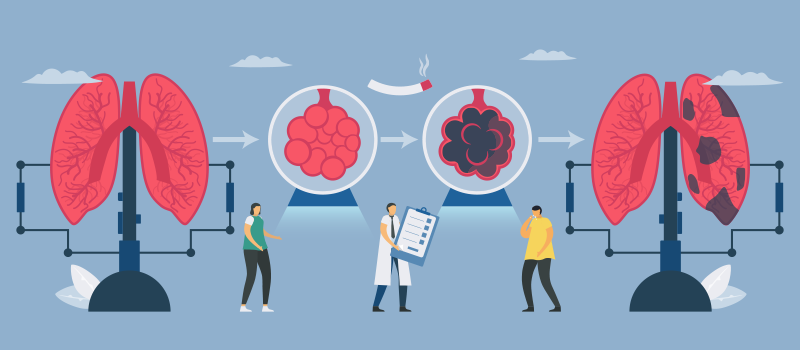
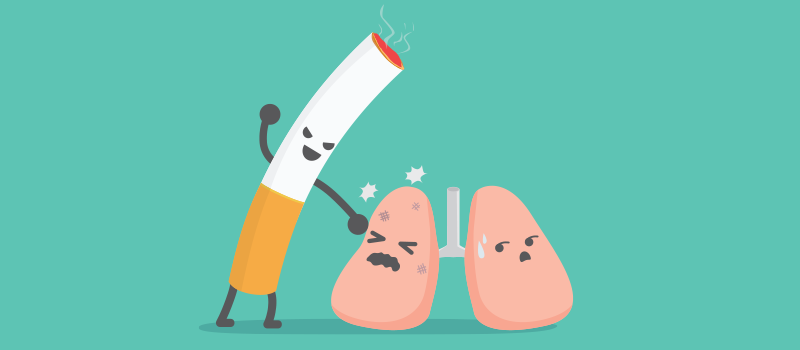
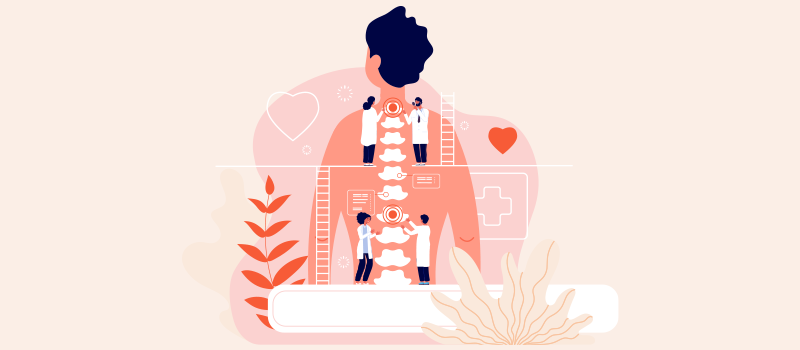
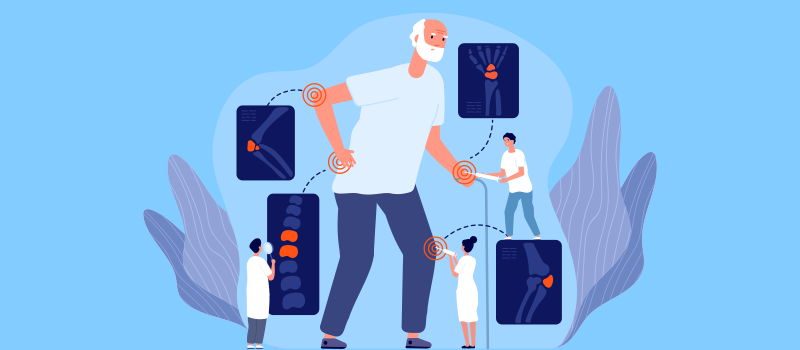

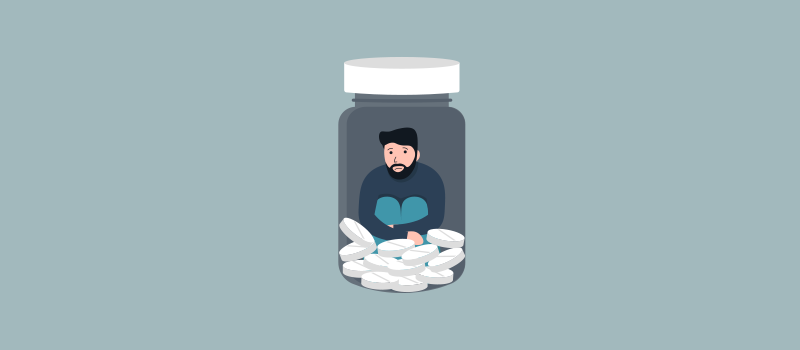

SOCIAL